Understanding MVC Paperwork: Streamline Your Development Process
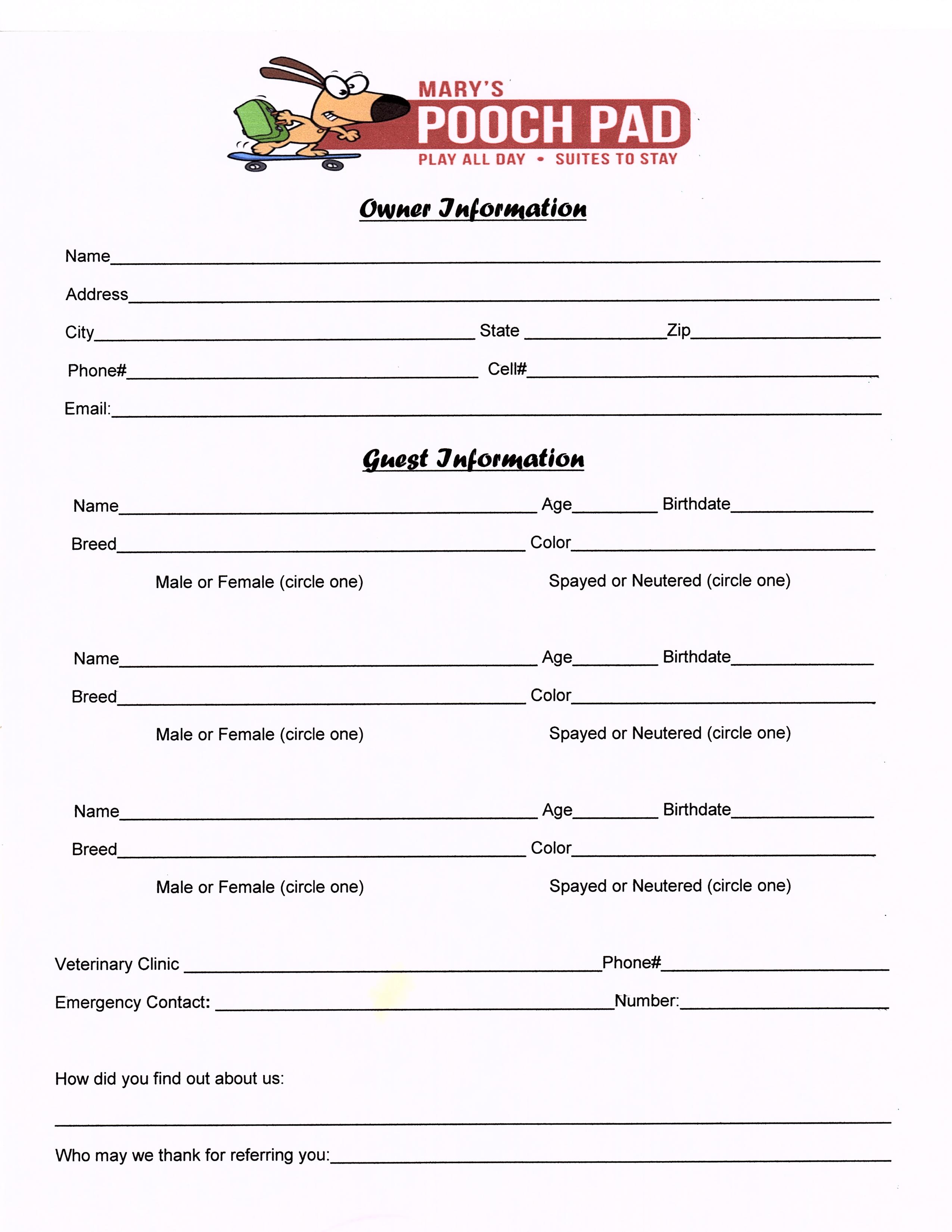
The Model-View-Controller (MVC) architectural pattern is a cornerstone of modern web development, designed to facilitate the separation of concerns. This design pattern splits an application into three interconnected components, enhancing both the development process and the maintainability of the codebase. In this comprehensive guide, we'll delve deep into how MVC works, its benefits, and practical steps to implement it, ensuring your development process is both streamlined and robust.
What is MVC?
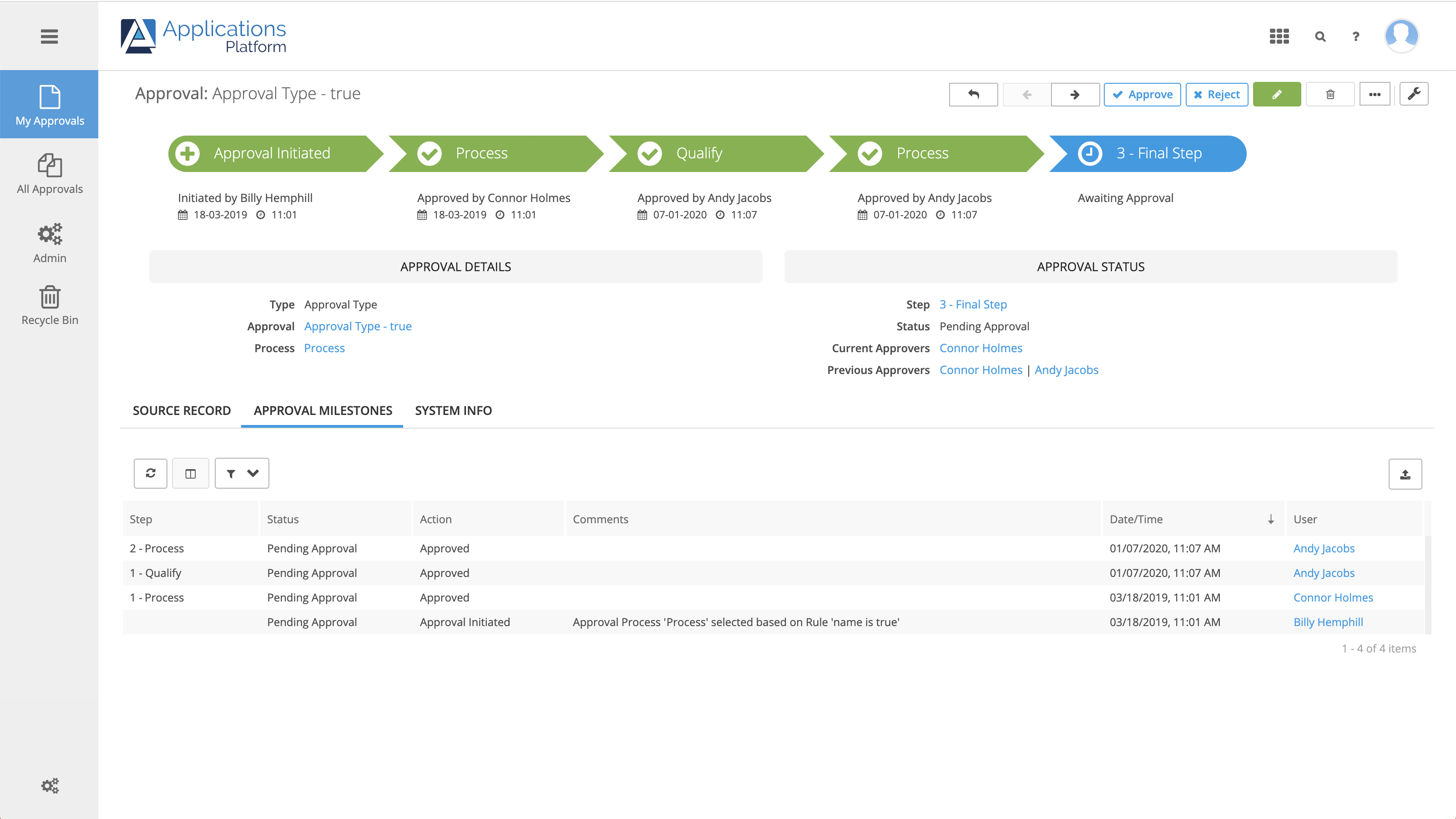
The MVC architecture divides application logic into:
- Model: Handles data logic and business rules.
- View: Responsible for the presentation layer, showing the data to the user.
- Controller: Manages user input, orchestrates Model and View interactions.

Benefits of Using MVC
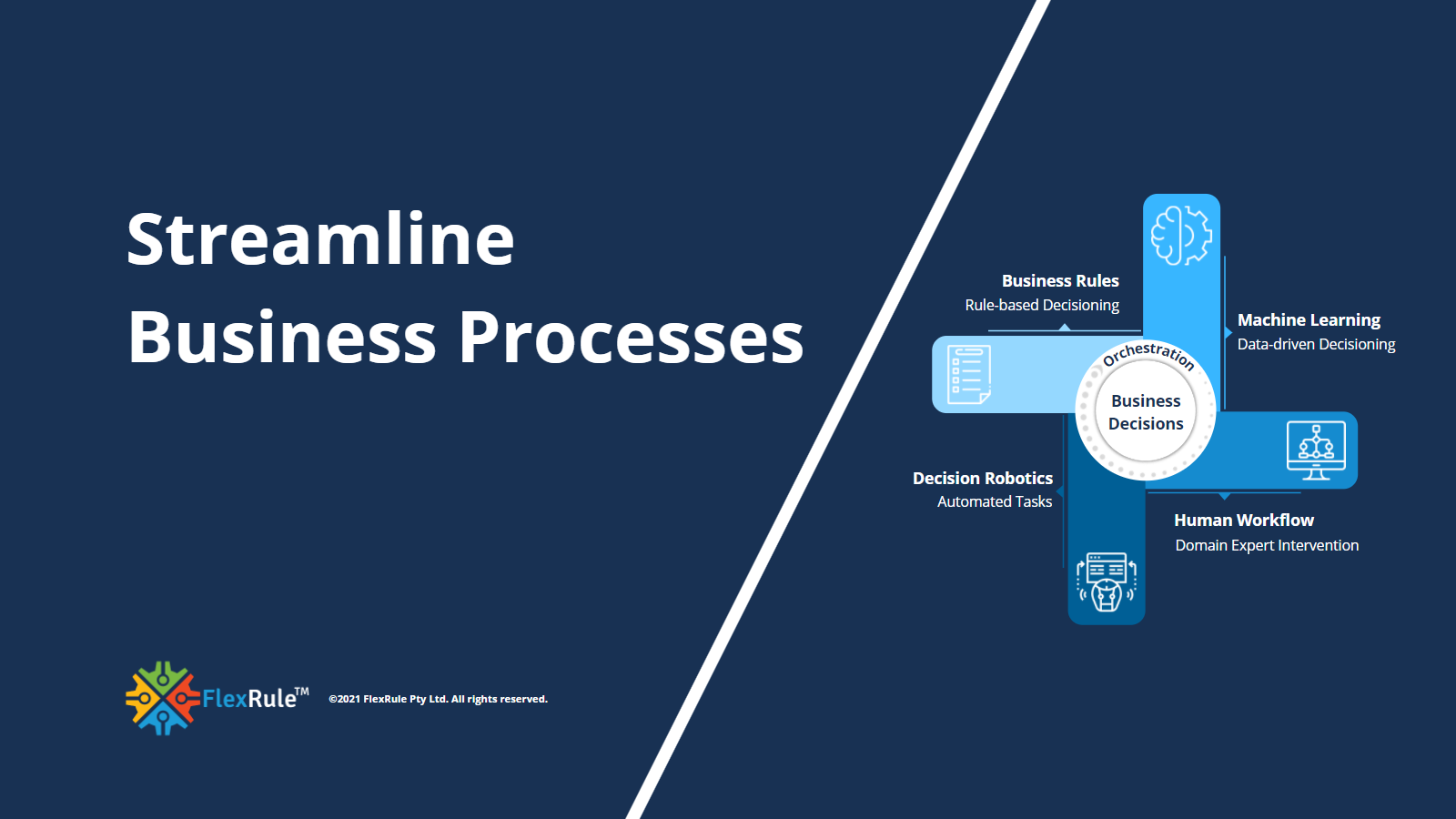
Here are the key advantages of adopting the MVC pattern:
- Separation of Concerns: Each component has a specific role, making the code more manageable.
- Modularity: Easier to modify and extend features without affecting other parts of the application.
- Reusability: Components can often be reused across different applications or views.
- Testability: MVC applications are easier to test, especially when unit testing is involved.
- Scalability: Easier to scale individual parts of an application.
How MVC Works

Let's break down how these components work together:
- The Controller receives user input (like an HTTP request), processes it, and possibly retrieves data from the Model.
- The Model handles this data, performing the necessary operations, updates, or validations.
- The Controller then picks an appropriate View to render the data fetched from the Model, preparing the response.
- Finally, the View renders the output to the user, often through HTML templates or another presentation format.

Implementing MVC in Web Development

To implement MVC, follow these steps:
- Define Your Models: Create classes that represent your business logic and data structures.
- Set Up Views: Design your presentation layers, which could be HTML templates or dynamic content.
- Configure Controllers: Route requests and manage interactions between the Model and the View.
💡 Note: Ensure that your views only contain presentation logic, and avoid embedding business logic within them.
Example: MVC in a Simple Web Application
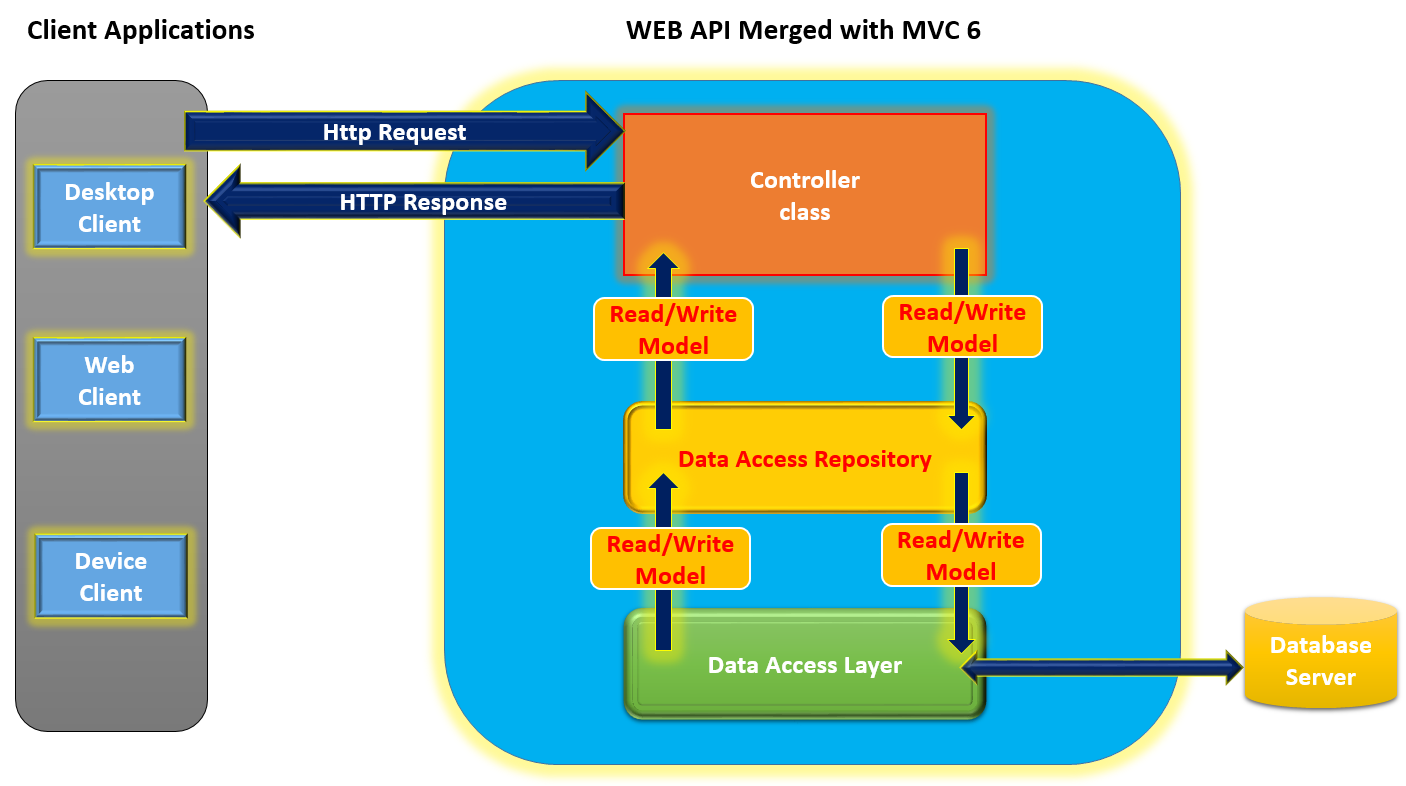
Consider a basic blogging system:
- Model:
class Post: def __init__(self, title, content, author, post_id): self.title = title self.content = content self.author = author self.post_id = post_id - View:
def render_post(self, post): return f"""{post.title}

By {post.author}
{post.content}
""" - Controller:
def get_post(self, post_id): post = Post.query.filter_by(post_id=post_id).first() if post: return self.view.render_post(post) else: return self.view.render_error("Post not found.")
Practical Tips for Using MVC

- Use dependency injection to manage component dependencies.
- Keep views independent from models; use view models or view data.
- Employ RESTful services to decouple frontend and backend further.
💡 Note: Over time, you might find the need to modify or extend your MVC architecture to accommodate the growing complexity of your application. Always consider scalability from the beginning.
At the core of effective web development lies the implementation of a robust architecture that not only simplifies the development process but also fosters scalability and maintainability. The Model-View-Controller (MVC) pattern stands out as a foundational framework for modern web applications. Through this guide, we've explored the intricacies of MVC, its benefits, and practical implementation strategies, making it clear why it has become an indispensable tool in the developer's toolkit. By separating the different aspects of your application into models, views, and controllers, you ensure that changes in one part do not inadvertently affect others, promoting cleaner code, and easier maintenance. With the insights gained, developers are now better equipped to leverage MVC's advantages to streamline their development process, enhance code quality, and ultimately deliver more robust and scalable applications.
What is the main purpose of the MVC pattern in web development?

+
The primary aim of the MVC pattern is to separate application logic into three interconnected components to facilitate modularity, reusability, and easier maintenance of the codebase.
Can MVC be used with any programming language?
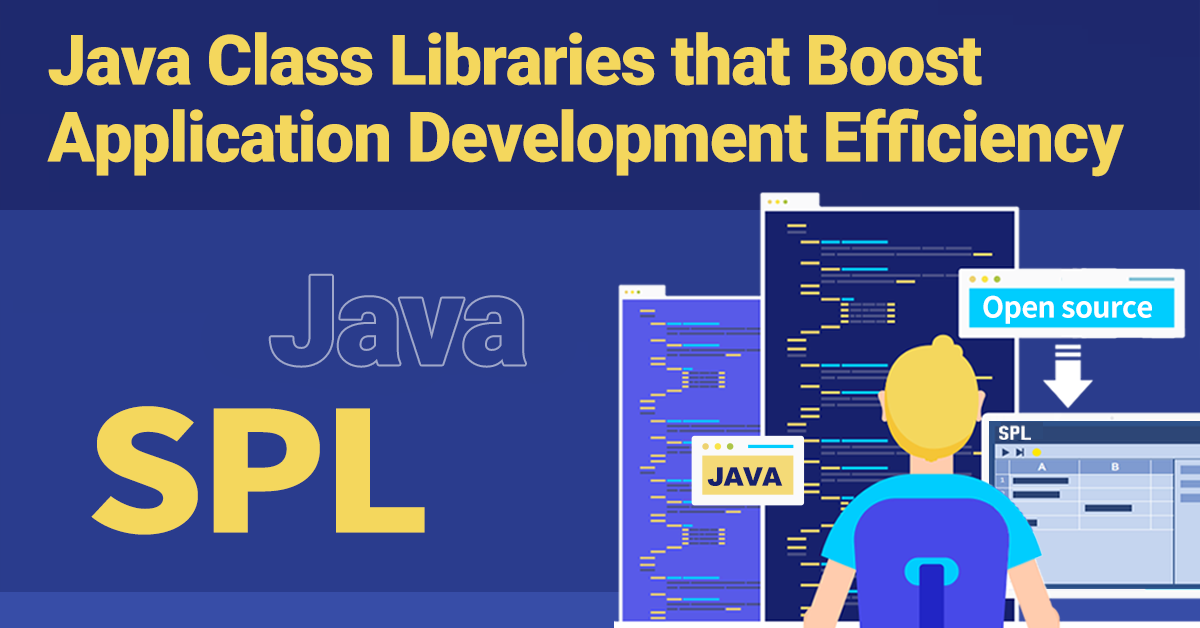
+
Yes, MVC is a design pattern, not tied to any specific programming language. It can be implemented in various languages like Python, Ruby, PHP, Java, and more.
What are some common mistakes when implementing MVC?

+
Common mistakes include embedding business logic in views, creating dependencies between views and models directly, and overcomplicating the controller with too much logic.